Home>Articles>How To Read The Outdoor Rotating Laser Level On A Staff
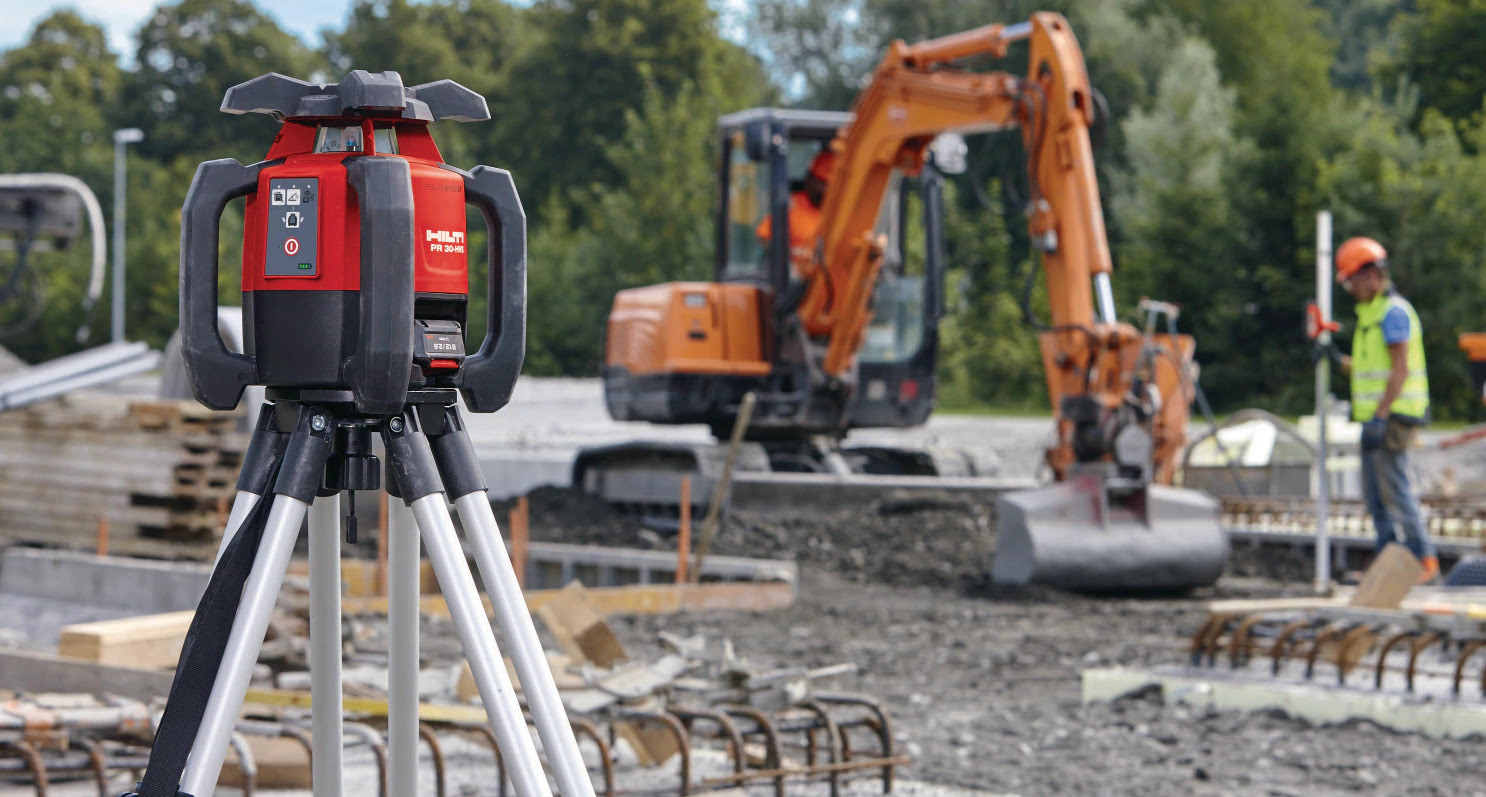

Articles
How To Read The Outdoor Rotating Laser Level On A Staff
Modified: March 1, 2024
Looking for articles on using a rotating laser level to read staff when working outdoors for grade work? Find helpful tips and information here.
(Many of the links in this article redirect to a specific reviewed product. Your purchase of these products through affiliate links helps to generate commission for Storables.com, at no extra cost. Learn more)
Introduction
A rotating laser level is an essential tool for grade work in various outdoor construction projects. Whether you are building a foundation, leveling a surface, or ensuring accurate measurements, a rotating laser level provides precise and efficient results. This article will delve into the importance of using a rotating laser level for grade work, how it functions, and techniques for reading the laser level on the staff.
Construction professionals and DIY enthusiasts alike rely on rotating laser levels to achieve accurate and consistent measurements. These devices emit a laser beam that rotates 360 degrees, creating a reference plane or a level line. This proves to be incredibly helpful when it comes to setting grades, installing drainage systems, laying out foundations, and other construction activities that require precise leveling.
The primary objective of a rotating laser level is to establish a level reference or grade line. This ensures that all subsequent measurements and construction work align with the desired slope or elevation. By using a rotating laser level, you can significantly reduce human error and achieve higher levels of accuracy and efficiency.
Using a rotating laser level outdoors comes with its own set of challenges. Factors such as sunlight, dust, and distance can affect the visibility and precision of the laser beam. However, by understanding how these devices work and implementing proper techniques, you can overcome these obstacles and obtain accurate readings.
When it comes to reading the rotating laser level on the staff, precision is vital. The staff is a measuring rod with marked increments that is used to determine the elevation or height of a point relative to the laser beam. By aligning the laser beam with specific markings on the staff, you can determine if the surface is level or if adjustments need to be made.
Several factors can affect the accuracy of readings, such as parallax error, staff rod errors, and misalignment. It is essential to be aware of these factors and take the necessary precautions to minimize errors. By following proper techniques and diligently troubleshooting issues that may arise, you can ensure precise measurements and successful grade work.
In this article, we will explore the various aspects of using a rotating laser level for grade work. From understanding how these devices function to learning the techniques for accurate readings, you will gain a comprehensive understanding of the essential role played by rotating laser levels in outdoor construction projects. So, let’s dive in and uncover the secrets to successful grade work with a rotating laser level!
Key Takeaways:
- Rotating laser levels are essential for precise and efficient grade work in outdoor construction projects. They provide accuracy, consistency, and cost-effectiveness, enhancing safety and ensuring superior construction outcomes.
- Proper techniques and troubleshooting methods are crucial for obtaining accurate readings with rotating laser levels. Understanding factors affecting accuracy and employing maintenance practices are vital for successful grade work.
Read more: How To Read A Laser Level Rod
Importance of Rotating Laser Level for Grade Work
When it comes to grade work in construction projects, precision and accuracy are paramount. The importance of using a rotating laser level cannot be overstated in achieving optimal results. Here are some key reasons why a rotating laser level is essential for grade work:
- Precision: A rotating laser level provides precise measurements and ensures that the grade or level line is accurately set. It eliminates the guesswork and human error associated with traditional leveling methods, resulting in more accurate grades and superior construction outcomes.
- Efficiency: With a rotating laser level, you can achieve faster and more efficient grade work. The continuous rotation of the laser beam allows for quick measurements across a larger area. This saves time and effort compared to manually measuring and leveling each point individually.
- Consistency: By utilizing a rotating laser level, you can establish consistent grade lines throughout the entire project area. This ensures uniformity and prevents any variations in the slope or elevation, resulting in a level and stable foundation or surface.
- Cost-Effective: The use of a rotating laser level can help minimize errors and rework, ultimately saving you money. By accurately setting the grade from the start, you can avoid costly adjustments or corrections later in the construction process.
- Flexibility: Rotating laser levels provide versatility in grade work. They can be used for various construction projects, such as building foundations, landscaping, installing drainage systems, and road construction. This adaptability makes them an invaluable tool for contractors, surveyors, and DIY enthusiasts.
- Safety: Accurate grade work is essential for the safety of the construction project. Uneven surfaces or improper slopes can lead to accidents and create hazards for workers and users of the space. By utilizing a rotating laser level, you can ensure that the surface is level, stable, and safe for all involved.
In summary, the importance of using a rotating laser level for grade work cannot be overstated. The precision, efficiency, consistency, cost-effectiveness, flexibility, and safety benefits it offers make it an indispensable tool in the construction industry. By investing in a high-quality rotating laser level and mastering its usage, you can enhance the quality of your grade work and achieve superior results in your construction projects.
How Rotating Laser Levels Work
Understanding how rotating laser levels work is essential to harnessing their full potential in grade work. These devices utilize advanced technology to emit a rotating laser beam, creating a reference plane or level line. Here’s a breakdown of the working mechanism behind rotating laser levels:
Laser Emission: Rotating laser levels feature a laser diode that emits a highly focused laser beam. This beam is emitted in a 360-degree rotation, covering a complete horizontal or vertical circle. The laser diode is typically mounted on a motorized base, allowing it to rotate continuously.
Leveling Mechanism: To ensure accuracy in level measurement, rotating laser levels are equipped with a built-in leveling mechanism. This mechanism can be either manual or automatic. In manual leveling systems, the user manually adjusts the level bubble to ensure that the laser beam is perfectly horizontal or vertical. Automatic leveling systems, on the other hand, utilize a pendulum or electronic sensors to automatically level the laser beam.
Detector Compatibility: In some cases, the laser beam emitted by the rotating laser level may not be visible to the naked eye, especially in bright outdoor environments or over long distances. To overcome this visibility issue, rotating laser levels are often compatible with laser detectors. These detectors can be attached to a staff or mounted on a tripod and are designed to detect the laser beam and provide visual or audible indications to the user.
Power Source: Rotating laser levels typically require a power source to operate. They may be powered by rechargeable batteries or connected to a power outlet using an AC adapter. It is essential to ensure that the device is adequately powered to prevent disruptions during grade work.
Control Panel: Most rotating laser levels feature a control panel or interface that allows users to adjust various settings. These settings may include rotation speed, scan angle, slope matching, and laser beam alignment. The control panel provides users with flexibility and control over the operating parameters of the rotating laser level.
By understanding the working mechanisms of rotating laser levels, users can optimize their functionality and make accurate measurements in grade work. These devices rely on advanced technology, such as precision optics, leveling mechanisms, and detector compatibility, to deliver reliable and consistent results. Whether you are a professional contractor or a DIY enthusiast, having a solid understanding of how rotating laser levels work can greatly enhance your construction projects.
Using a Rotating Laser Level Outdoors
Using a rotating laser level outdoors presents unique challenges compared to indoor applications. Factors such as sunlight, dust, and long distances can impact the visibility and accuracy of the laser beam. Here are some essential tips to effectively use a rotating laser level outdoors:
- Select the Right Laser Level: Ensure that you choose a rotating laser level specifically designed for outdoor use. These models are equipped with features that enhance the visibility of the laser beam in bright conditions. Look for a rotating laser level with a high power output and a working range suitable for your project requirements.
- Consider Visibility Enhancements: In situations where the laser beam is difficult to see, consider using a laser detector. Laser detectors are compatible accessories designed to detect the laser beam and provide visual or audible indications to the user. They can significantly improve visibility and allow for accurate readings, even at long distances or in bright light conditions.
- Positioning and Mounting: Properly position and mount the rotating laser level to ensure stability and accuracy. Use a sturdy tripod or mounting clamp to securely hold the device in place. Make sure the rotating laser level is level and aligned correctly before taking measurements.
- Account for Wind: Windy conditions can cause the rotating laser level to vibrate or move, leading to inaccurate readings. Minimize the impact of wind by using stabilizing equipment, such as sandbags or guy lines, to secure the tripod or mounting clamp. This will help maintain stability and ensure reliable measurements.
- Protect from Dust and Debris: Outdoor environments often have dust, debris, and other particles that can interfere with the laser beam. It is important to protect the rotating laser level from such elements to maintain accuracy. Use protective covers and clean the device regularly to prevent build-up on the laser emitting components.
- Battery Life: Outdoor applications may require extended usage of the rotating laser level. Ensure that the device is equipped with a reliable power source, such as rechargeable batteries, to sustain operation throughout the project. It is also advisable to carry spare batteries or a charger for uninterrupted work.
- Verify Calibration: Periodically check and recalibrate the rotating laser level to ensure accurate readings. Calibration can be affected by factors such as temperature changes, vibrations, or rough handling. Follow the manufacturer’s instructions for proper calibration procedures to maintain the device’s accuracy.
By following these tips, you can effectively use a rotating laser level outdoors and overcome the challenges associated with bright light, long distances, and external elements. Remember to prioritize safety and accuracy throughout the process to achieve precise and reliable measurements for your grade work.
Reading the Rotating Laser Level on the Staff
Reading the rotating laser level on the staff is a crucial step in obtaining accurate measurements for grade work. The staff is a measuring rod with marked increments that allows you to determine the elevation or height of a point relative to the laser beam. Here are some key points to keep in mind when reading the rotating laser level on the staff:
- Positioning the Staff: Place the staff in the area where you want to take measurements. Ensure that it is positioned vertically and securely anchored to prevent any movement. The staff should be perpendicular to the ground to obtain accurate results.
- Aligning the Laser Beam: Activate the rotating laser level and adjust its position and height until the laser beam aligns with a target point on the staff. This target point is usually a specific marking, such as a horizontal line or numeric value. Make sure the laser beam is aligned at eye level for accurate readings.
- Reading the Measurement: Once the laser beam is aligned with the target point on the staff, carefully note the corresponding measurement. This can be a numeric value or the position on a graduated scale. Take multiple readings to ensure consistency and accuracy.
- Recording the Data: Record the measurement readings in a systematic manner to track the elevation or height variations. This could be in a field notebook, on a surveying sheet, or using a digital device. Consistent and organized recording of data is essential for precise grade work.
- Accounting for Staff Corrections: Staffs can sometimes have errors or slight variations that can affect measurement accuracy. It is crucial to understand any staff corrections or adjustments necessary to account for these errors. Consult the manufacturer’s instructions or calibration guidelines for proper correction procedures.
- Avoiding Parallax Errors: Parallax errors can occur when the viewing angle is not perpendicular to the staff, causing a misinterpretation of the measurement. To mitigate parallax errors, ensure that your line of sight is directly in line with the target point, avoiding any lateral viewpoints.
- Maintaining Adequate Lighting: Ensure sufficient lighting conditions to clearly see the staff markings and the laser beam. Additional lighting may be required in low-light environments to ensure accurate readings. Avoid direct sunlight or shadows that can obscure the staff and affect measurements.
By following these guidelines, you can effectively read the rotating laser level on the staff and obtain precise measurements for your grade work. Remember to practice consistency, accuracy, and careful observation to ensure reliable data recording and optimal construction outcomes.
When using a rotating laser level outdoors for grade work, make sure to use a laser detector or staff to accurately read the laser beam in bright sunlight. Adjust the laser level until the detector indicates the correct grade.
Read also: 11 Amazing Rotating Laser Level for 2024
Factors Affecting Accuracy of Readings
Several factors can impact the accuracy of readings when using a rotating laser level for grade work. Being aware of these factors will help you identify potential sources of error and take appropriate measures to ensure precise measurements. Here are the key factors that can affect the accuracy of readings:
- Calibration: Proper calibration of the rotating laser level is crucial for accurate readings. Calibration can be affected by temperature changes, vibrations during transportation, or rough handling. Regularly check and recalibrate the device according to the manufacturer’s guidelines to maintain accuracy.
- Staff Quality: The quality and condition of the staff you are using can influence measurement accuracy. Ensure that the staff is in good condition, with clear and accurate markings. Poorly calibrated or damaged staffs can introduce errors into the readings.
- Staff Alignment and Stability: Improper alignment of the staff or instability can cause discrepancies in measurements. Make sure the staff is positioned vertically and securely anchored to prevent any movement. Any slight inclination or tilt of the staff can introduce errors in the readings.
- Parallax Error: Parallax error occurs when the observation point is not directly in line with the target point on the staff. This can lead to misinterpretation of the measurement. To minimize parallax error, ensure that your line of sight is perpendicular to the staff and directly aligned with the target point.
- Visibility and Reflection: Bright sunlight, fog, dust, or other environmental factors can affect the visibility of the laser beam and the staff markings. Ensure proper lighting conditions and use additional measures, such as laser detectors, to enhance visibility in challenging environments.
- Dust and Debris: Accumulation of dust, debris, or particles on the rotating laser level or the staff can interfere with accurate readings. Regularly clean both the laser level and the staff to remove any debris that might obstruct the laser beam or blur the visibility of the staff markings.
- Travelling Beam Error: Travelling beam error refers to the horizontal movement or drift of the laser beam as it rotates. This can occur due to mechanical imperfections or misalignments within the rotating laser level. Regularly check for any signs of beam drift and calibrate or service the device if necessary to minimize errors.
- Human Error: Human factors, such as improper positioning of the staff, misinterpretation of readings, or inconsistent recording, can introduce errors. Ensuring proper training, attention to detail, and adherence to standard procedures can help minimize human error and ensure accurate measurements.
By considering these factors and taking appropriate measures, such as proper calibration, careful staff positioning, and attention to potential sources of error, you can enhance the accuracy of readings when using a rotating laser level for grade work. Always strive for consistency, precision, and attention to detail to achieve reliable results and successful construction outcomes.
Techniques for Obtaining Accurate Readings
To ensure accurate readings when using a rotating laser level for grade work, it is important to employ proper techniques and practices. Implementing these techniques will help minimize errors and enhance the precision of your measurements. Here are some key techniques for obtaining accurate readings:
- Ensure Proper Calibration: Regularly calibrate your rotating laser level according to the manufacturer’s instructions. Calibration ensures that the device is accurately leveled and aligned, providing reliable readings. Failure to calibrate can introduce errors into your measurements.
- Position the Laser Level Correctly: Place the rotating laser level on a stable surface or securely mount it on a tripod. Ensure that the device is level and aligned with the area of measurement. Proper positioning will reduce errors caused by misalignment or instability.
- Use a Stable and Vertical Staff: Position the staff vertically and securely anchor it to prevent any movement. Use a tripod or a stable mounting system to hold the staff in place. This will eliminate errors caused by staff wobbling or tilting during measurements.
- Eliminate Parallax Error: Minimize parallax error by positioning yourself directly in line with the target point on the staff. This ensures a perpendicular line of sight, reducing the chances of misreading the measurement due to an oblique viewing angle.
- Focus on Staff Centerline: When reading the rotating laser level on the staff, focus on the centerline of the laser beam. This will help in obtaining a more accurate measurement, as the centerline represents the true level of the laser beam.
- Avoid Interference: Ensure there are no obstructions or objects that may interfere with the laser beam or staff readings. Remove any debris, vegetation, or other objects that could impact the accuracy of your measurements.
- Take Multiple Readings: To ensure consistency and accuracy, take multiple readings at each measurement point. This helps identify any outliers or variations and allows you to obtain the average or most reliable reading.
- Record Data Correctly: Maintain careful and organized documentation of your measurement readings. Record the data accurately, noting the measurement values along with any relevant identifying information, such as the measurement point or project area.
- Verify Results: Double-check your measurements and compare them to ensure consistency and accuracy. If there are significant discrepancies between readings, reevaluate your technique and measurements to identify and resolve any potential errors.
- Practice Regular Maintenance: Periodically clean and inspect your rotating laser level and staff to ensure optimal performance. Clean the lenses, check for any damage, and ensure proper functionality. Regular maintenance will help prevent errors caused by dust, debris, or mechanical issues.
By implementing these techniques, you can obtain accurate readings when using a rotating laser level for grade work. Consistency, attention to detail, and adherence to proper measurement practices are key in ensuring reliable results and successful construction outcomes.
Common Issues and Troubleshooting Tips
While using a rotating laser level for grade work, you may encounter some common issues that can affect the accuracy or functionality of the device. Being aware of these issues and knowing how to troubleshoot them will help you overcome challenges and ensure smooth operation. Here are some common issues and troubleshooting tips:
- Poor Visibility: In bright outdoor environments or over long distances, the laser beam may become less visible. To enhance visibility, use a laser detector compatible with your rotating laser level. Attach the detector to a staff or tripod and adjust its settings to detect the laser beam effectively.
- Inaccurate Readings: If you are consistently getting inaccurate readings, check the calibration of your rotating laser level. Ensure that it is properly leveled and aligned. Recalibrate if necessary, following the manufacturer’s instructions, to achieve accurate measurements.
- Beam Drift: Beam drift refers to the horizontal movement or shifting of the laser beam as it rotates. If you notice beam drift, check for any misalignment or mechanical issues with the rotating laser level. If the issue persists, consider having the device serviced or repaired by a qualified technician.
- Interference: External factors like debris, vegetation, or obstructions can interfere with the laser beam or staff readings. Clear the area around the rotating laser level and staff to prevent any interference that may affect the accuracy of your measurements.
- Battery Drain: If the battery of your rotating laser level drains quickly, ensure that it is fully charged before use. Consider using high-quality rechargeable batteries and have spare batteries available for prolonged projects. If the battery drain continues to be an issue, contact the manufacturer for assistance or consider replacing the battery.
- Staff Error: If you notice inconsistencies in your readings, check the staff for any errors or calibration issues. Ensure that the staff is stable, vertical, and accurately marked. Check for any damage or wear that may affect the accuracy of the readings.
- Unstable Tripod or Mounting: A wobbly or unstable tripod or mounting system can affect the accuracy of your measurements. Ensure that the tripod or mounting system is secure and properly tightened. Consider using stabilizing equipment, such as sandbags or guy lines, for added stability.
- Environmental Conditions: Weather conditions, such as wind, rain, or extreme temperatures, can impact the performance of the rotating laser level. Take precautions to protect the device from adverse conditions and consider using additional equipment, like windshields or covers, to minimize the impact of environmental factors.
- Operator Error: Mistakes in staff positioning, misreading measurements, or incorrect data recording can lead to inaccurate readings. Ensure that you are following proper techniques and procedures, paying attention to details, and double-checking your measurements for consistency and accuracy.
- Manufacturer Support: If you encounter persistent issues or troubleshooting does not resolve your problem, contact the manufacturer’s customer support or refer to the device’s user manual for further assistance. They will be able to provide specific guidance and support based on the make and model of your rotating laser level.
By being aware of these common issues and implementing troubleshooting tips, you can overcome challenges and ensure the accurate and efficient use of your rotating laser level for grade work. Remember to follow proper maintenance practices, seek professional assistance when needed, and practice patience when troubleshooting issues.
Conclusion
Rotating laser levels are indispensable tools for grade work in construction projects. They provide precise measurements, enhance efficiency, and ensure accuracy in establishing level lines or grades. By understanding how rotating laser levels work and employing proper techniques, you can obtain accurate readings and achieve successful construction outcomes.
Using a rotating laser level outdoors requires special considerations, such as visibility enhancements and protection from dust and debris. By positioning the laser level correctly and aligning it with a stable and vertical staff, you can obtain precise measurements. Avoiding common issues like poor visibility, beam drift, and interference will further improve the accuracy of your readings.
Factors such as calibration, staff quality, parallax error, and visibility conditions can affect the accuracy of readings. By maintaining proper calibration, aligning the staff correctly, minimizing parallax error, and ensuring adequate lighting, you can mitigate these factors and obtain reliable measurements.
In cases where issues arise, troubleshooting techniques such as recalibration, cleaning, or seeking manufacturer support can help resolve the problems. Regular maintenance and adherence to proper measurement practices will also contribute to achieving accurate readings and efficient grade work.
In conclusion, utilizing a rotating laser level for grade work provides numerous benefits, including precision, efficiency, consistency, cost-effectiveness, flexibility, and safety. By understanding the importance of accurate readings, implementing proper techniques, and troubleshooting common issues, you can harness the full potential of rotating laser levels and achieve exceptional results in your construction projects.
Frequently Asked Questions about How To Read The Outdoor Rotating Laser Level On A Staff
Was this page helpful?
At Storables.com, we guarantee accurate and reliable information. Our content, validated by Expert Board Contributors, is crafted following stringent Editorial Policies. We're committed to providing you with well-researched, expert-backed insights for all your informational needs.
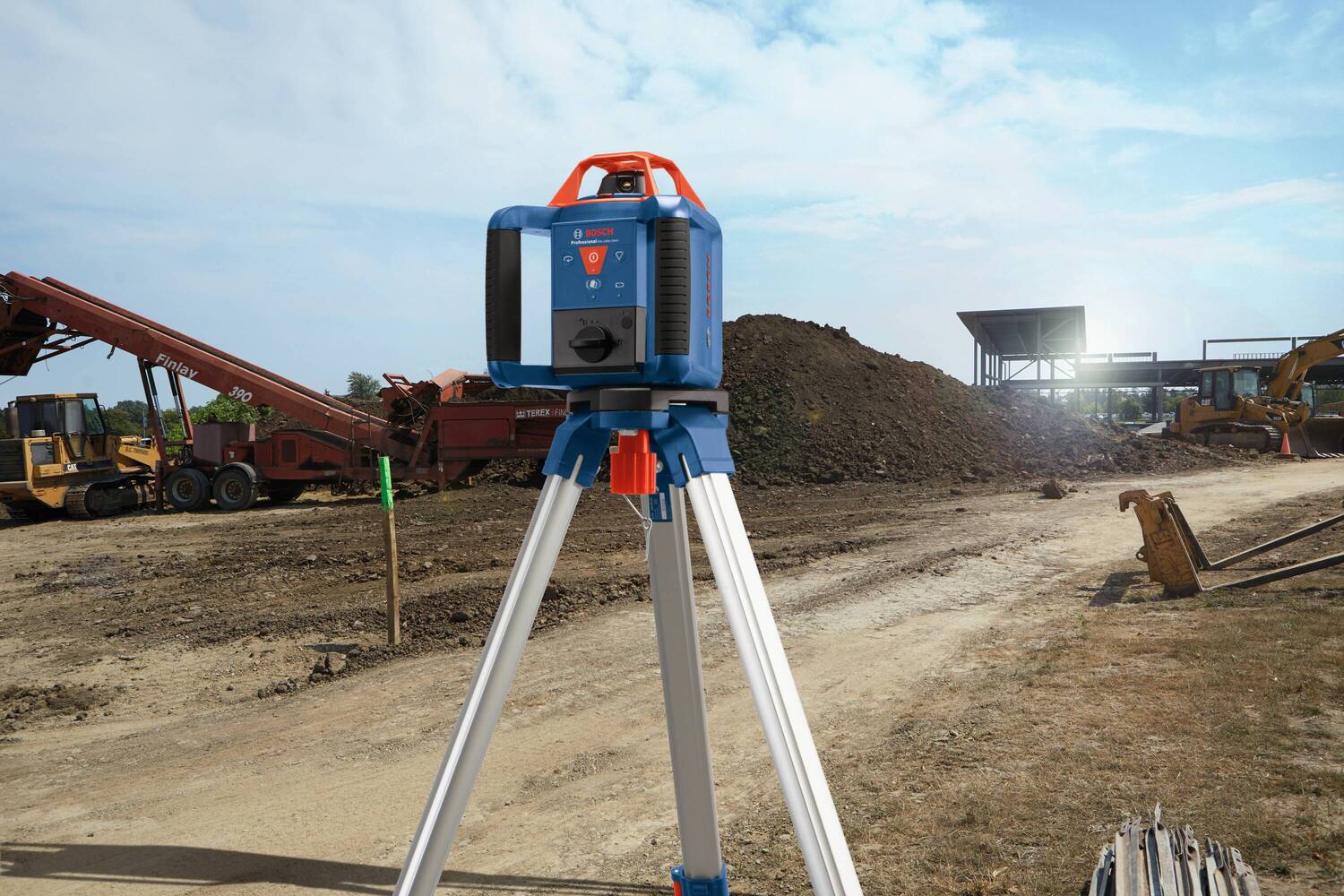
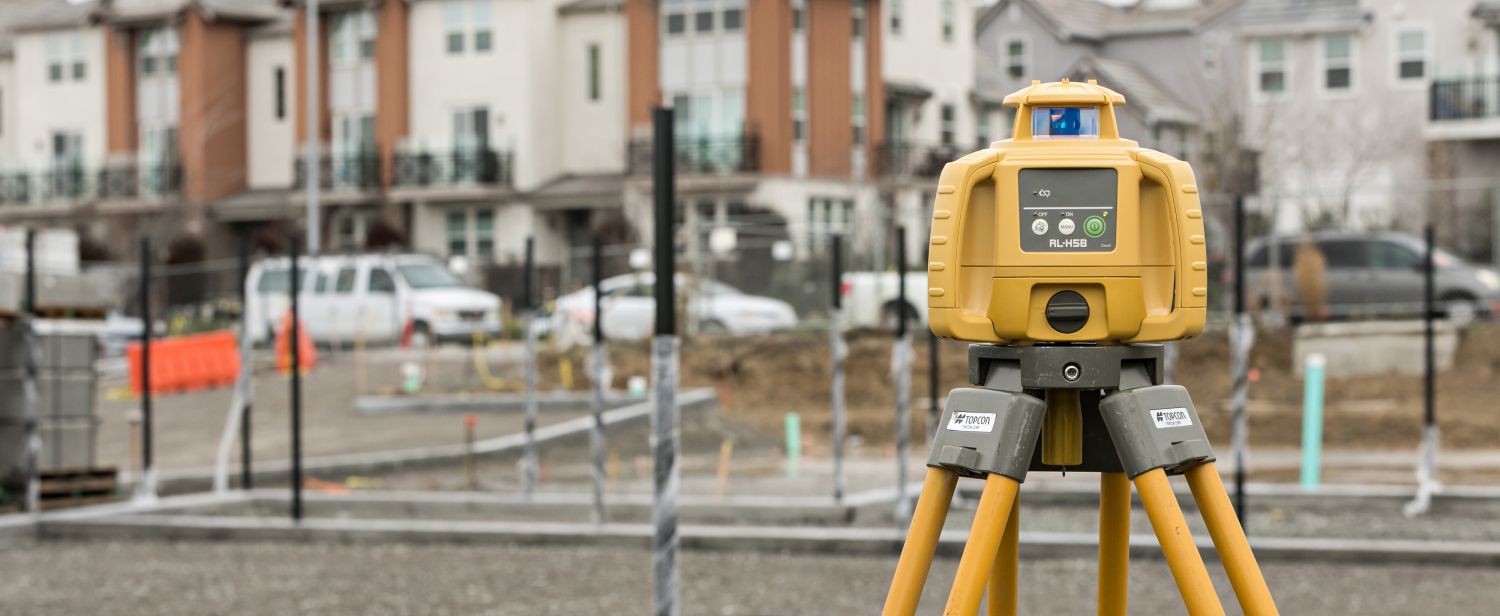
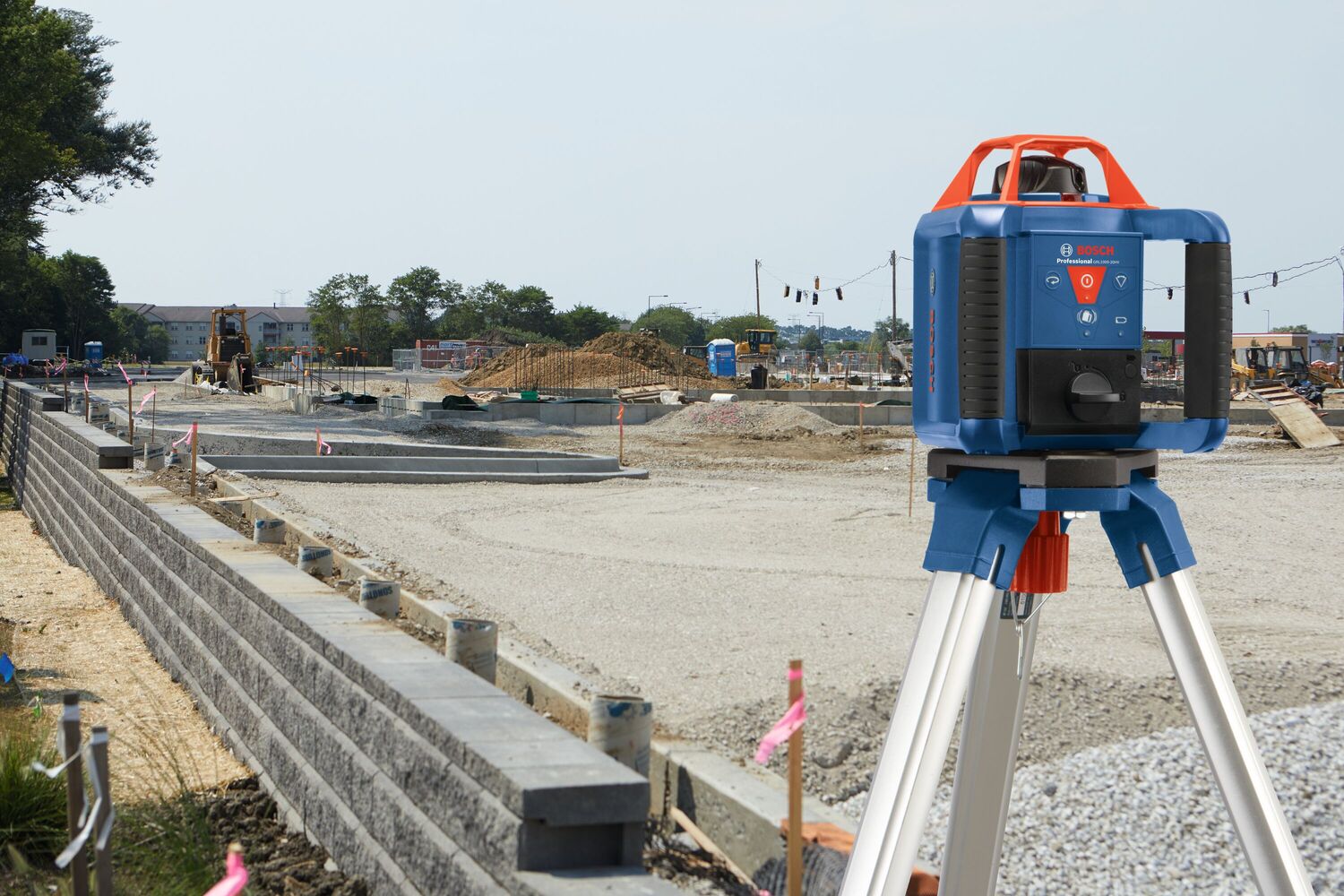
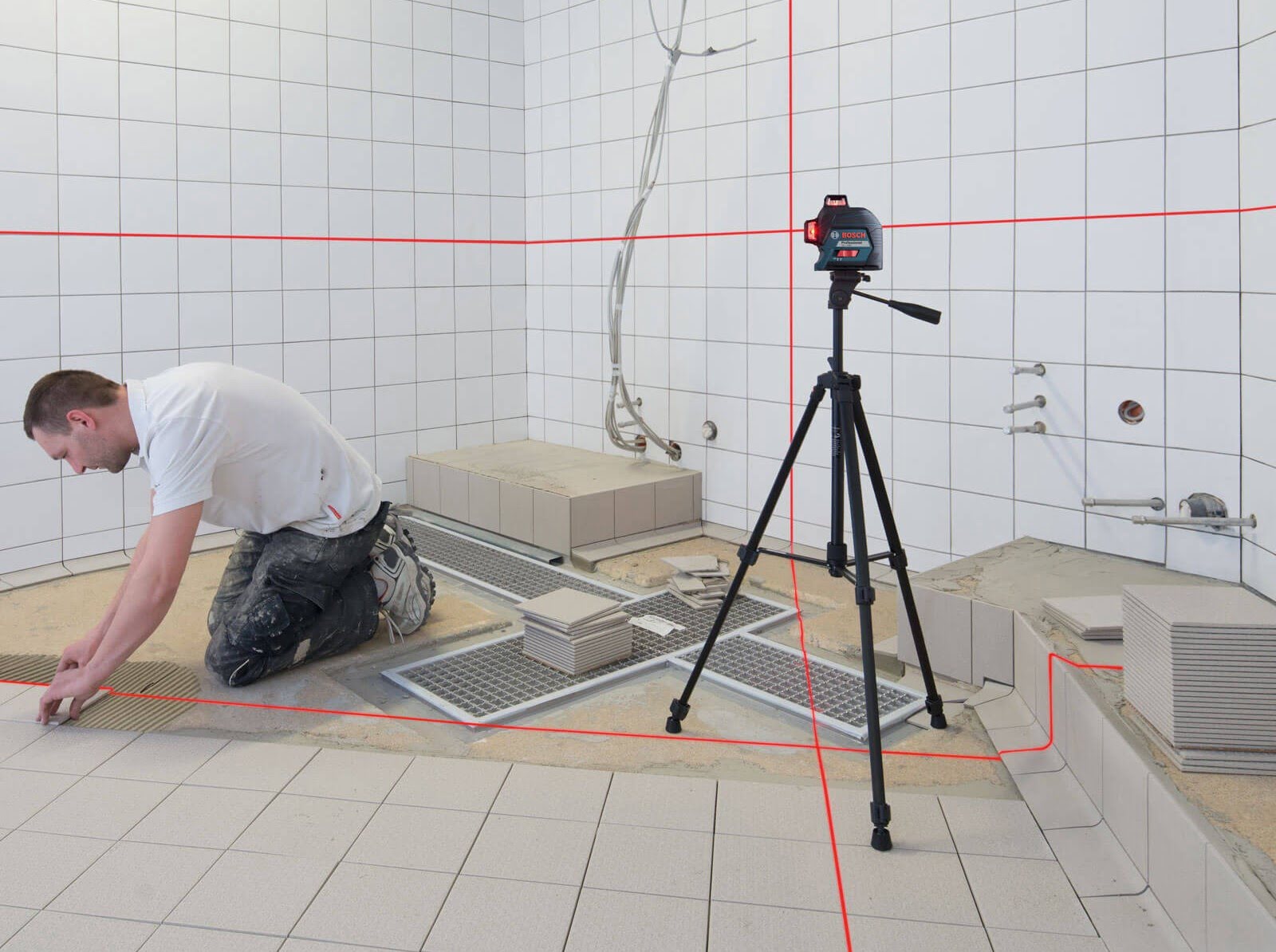
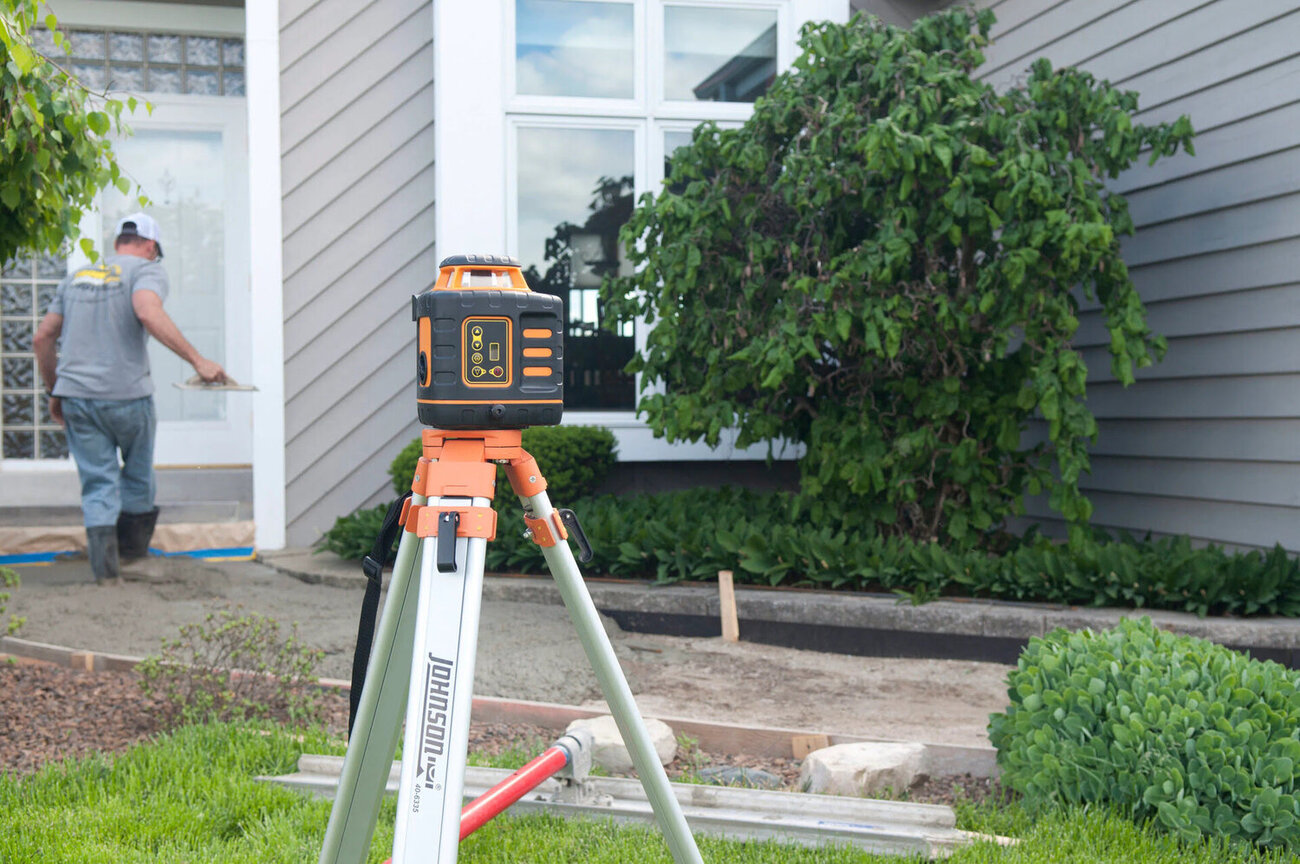
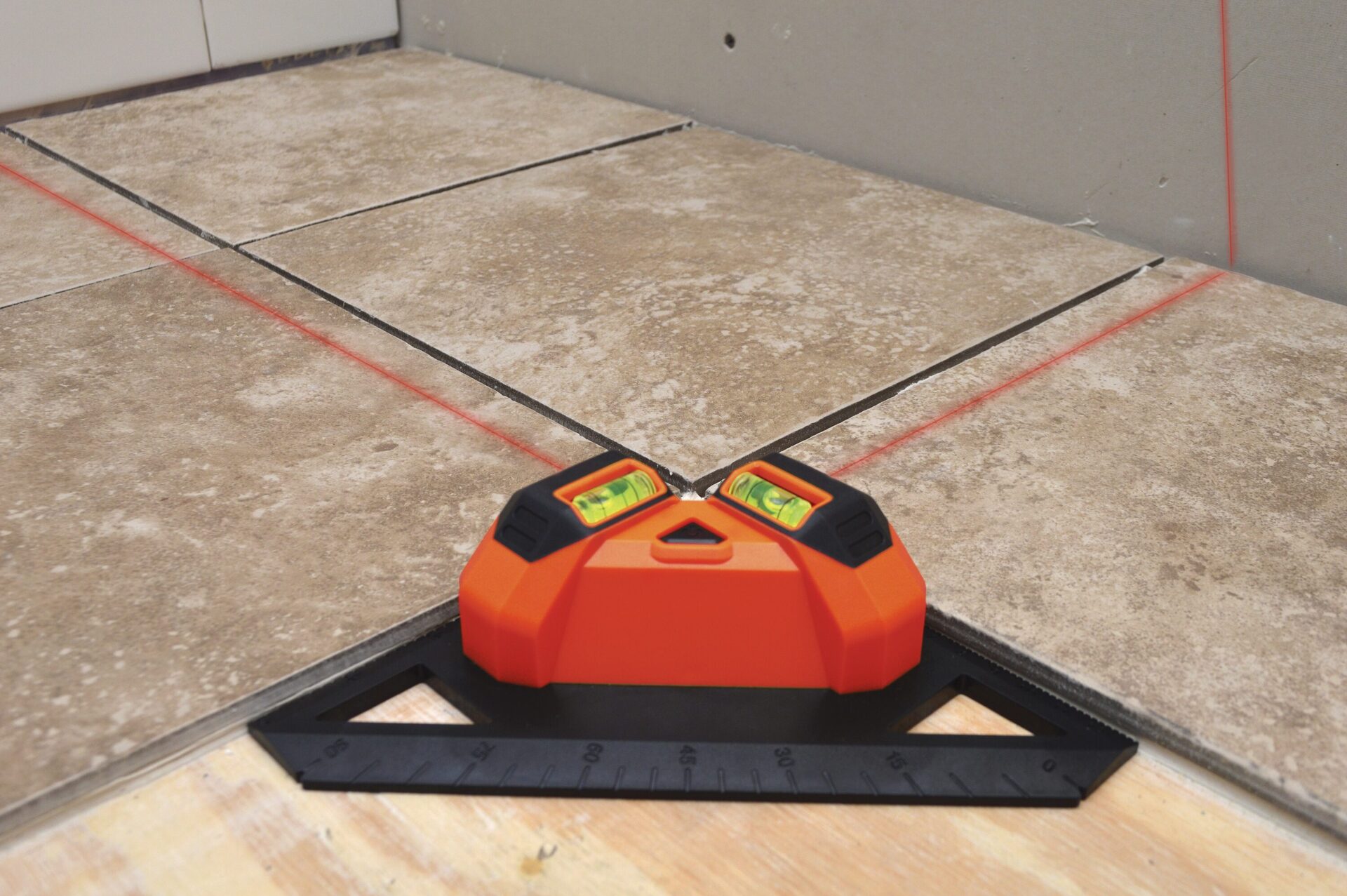

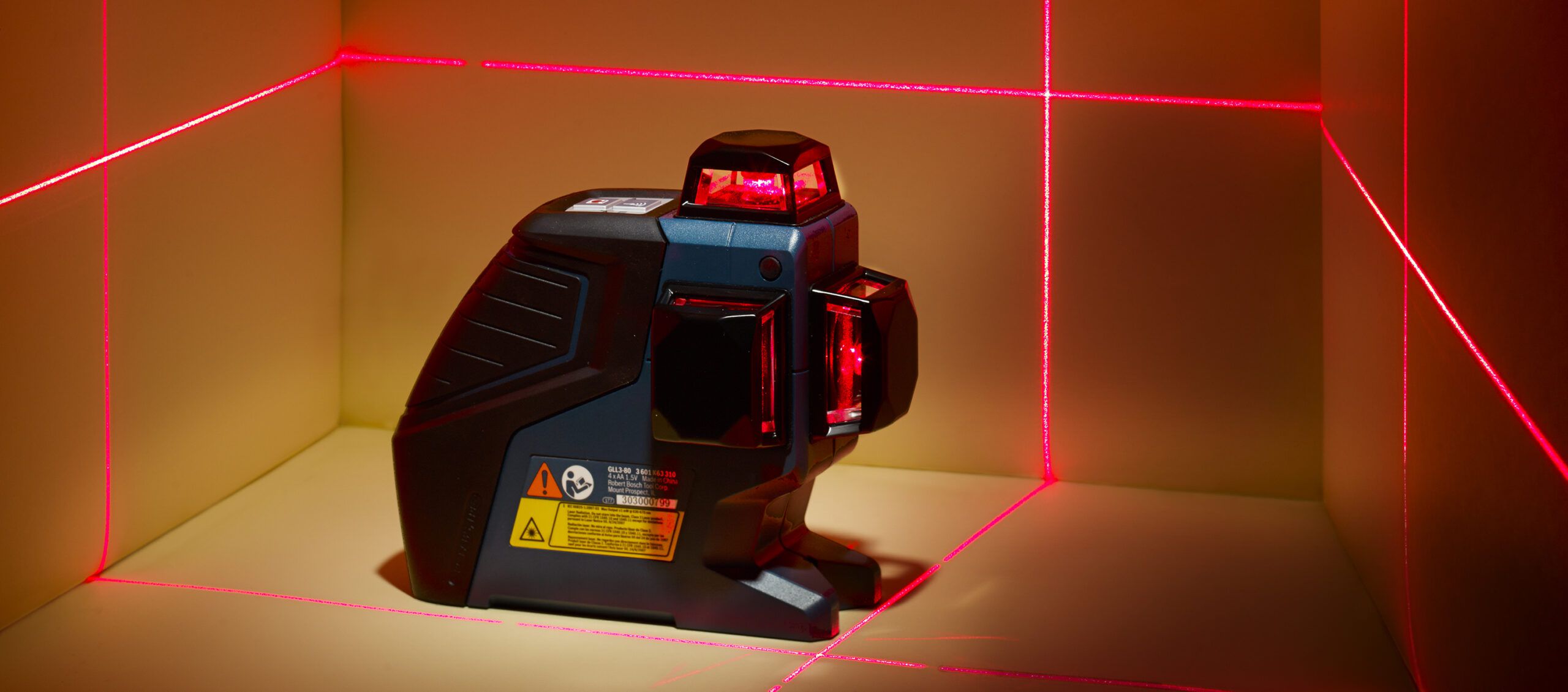
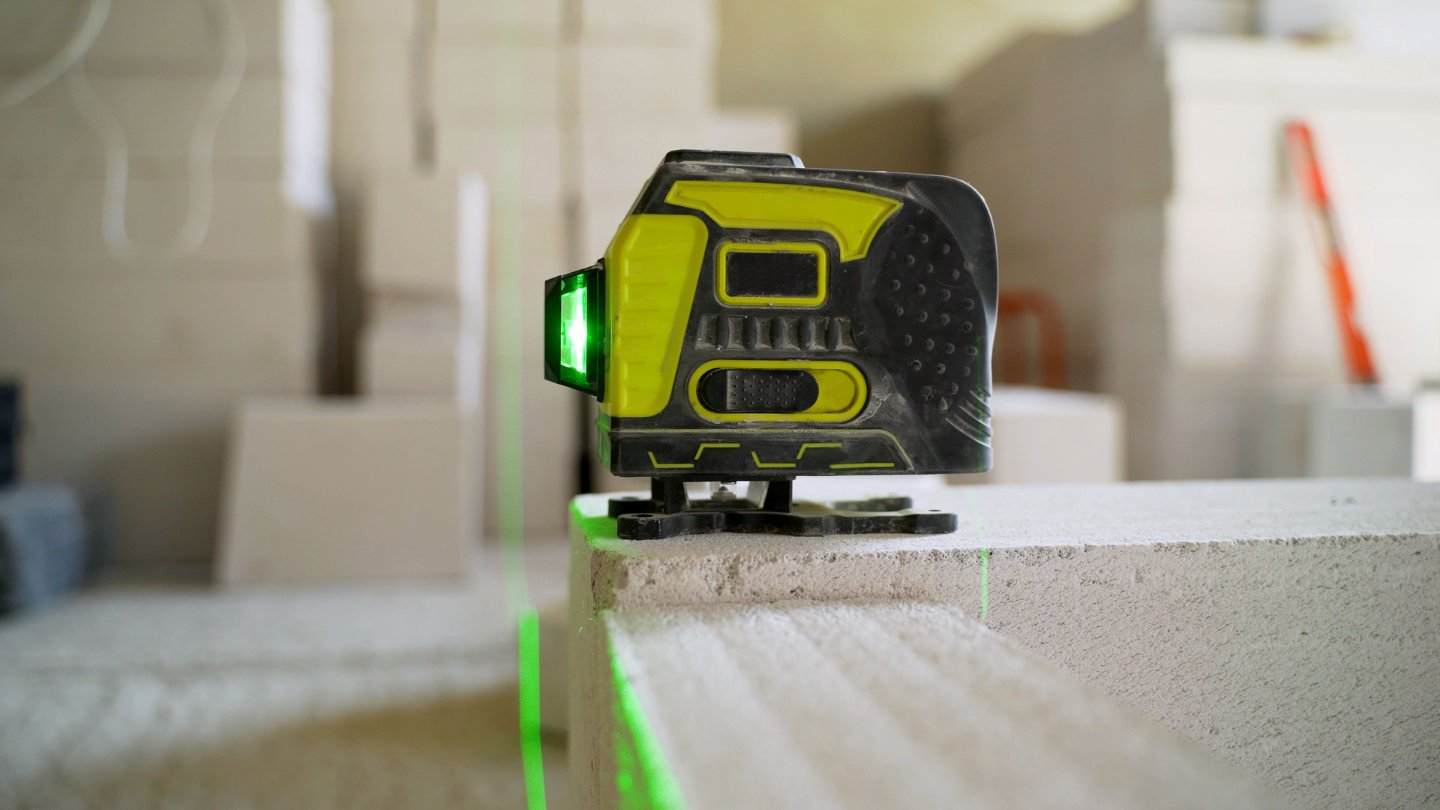
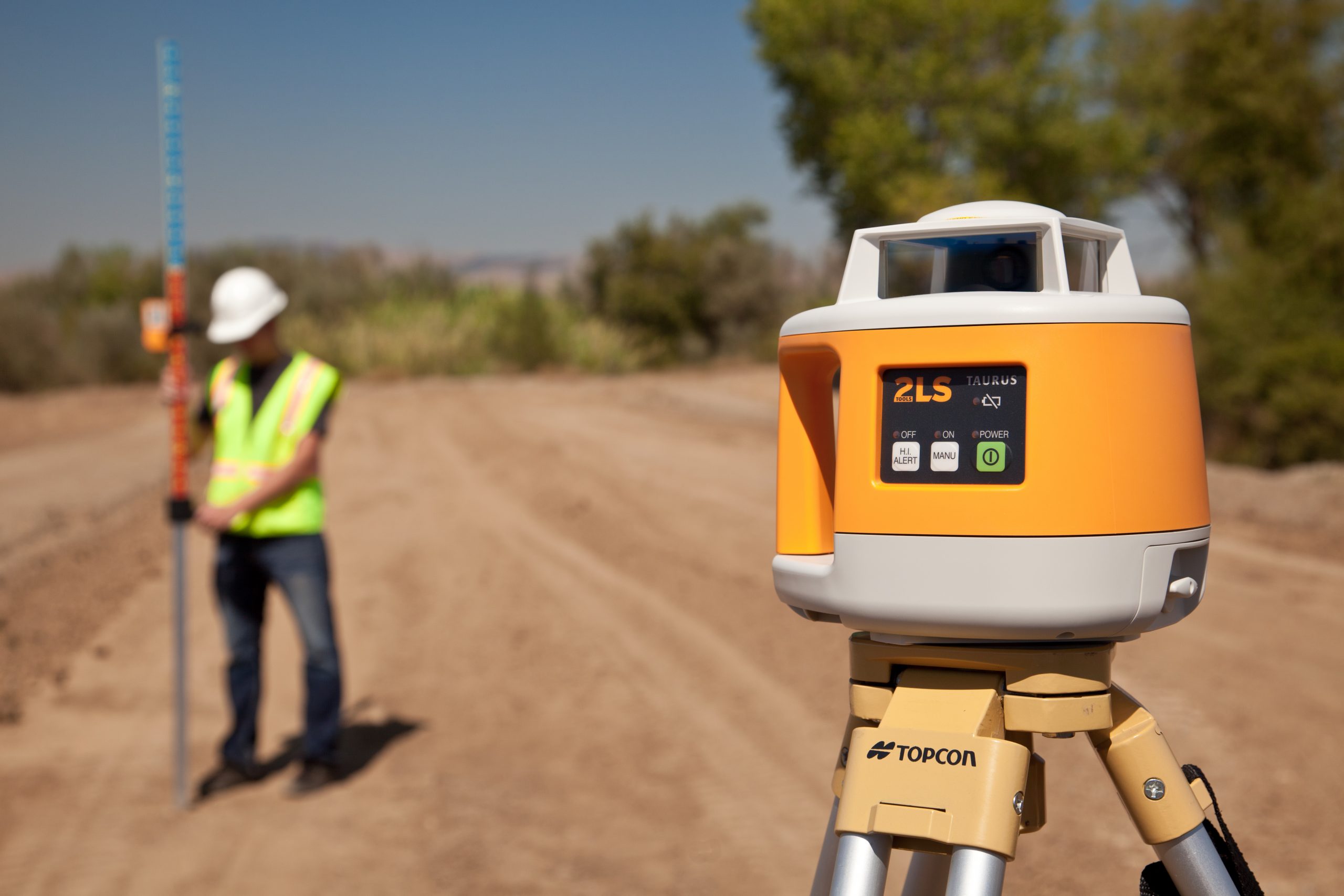
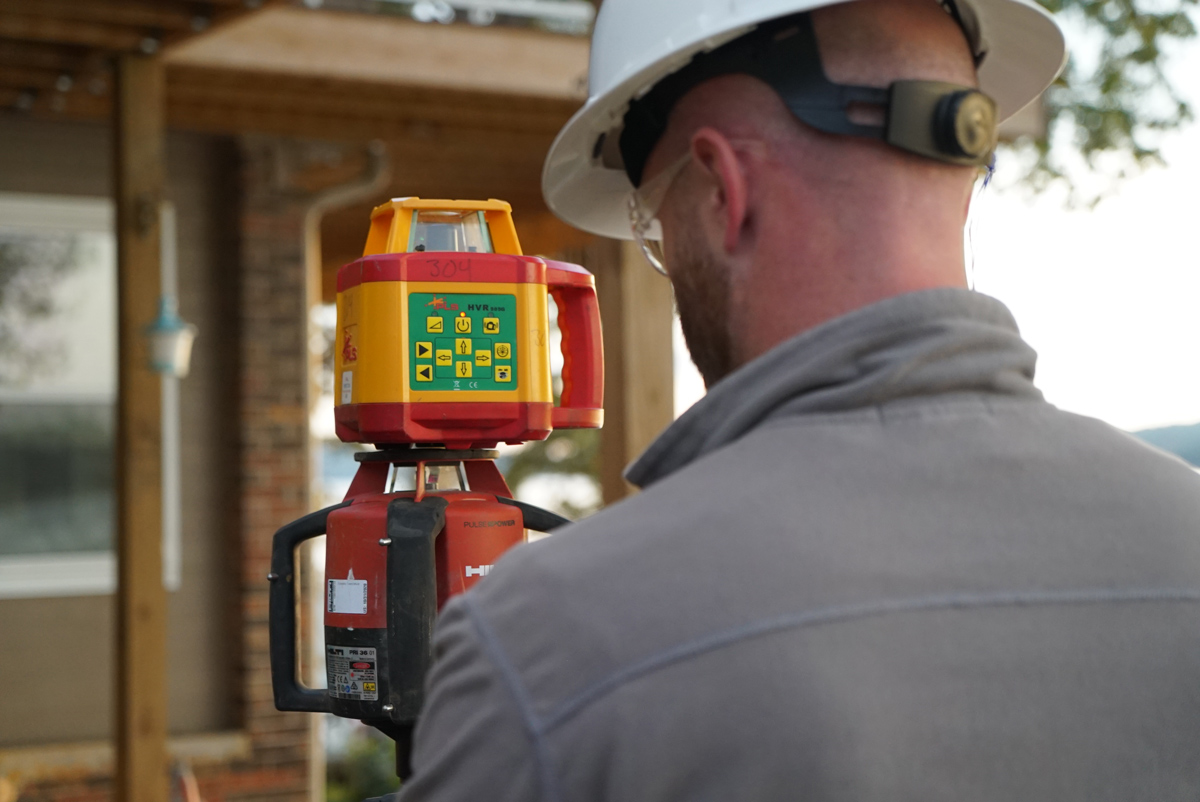
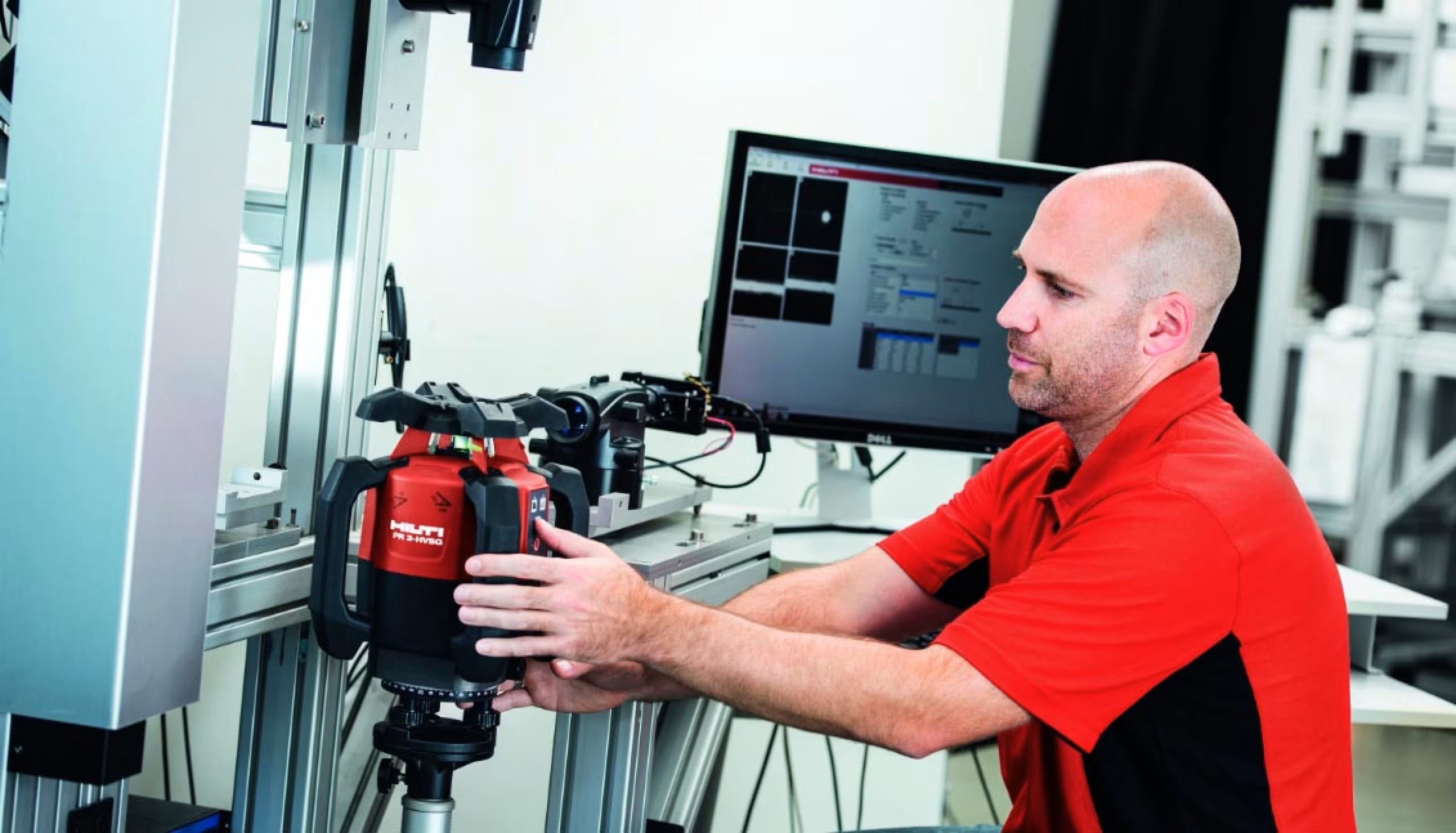

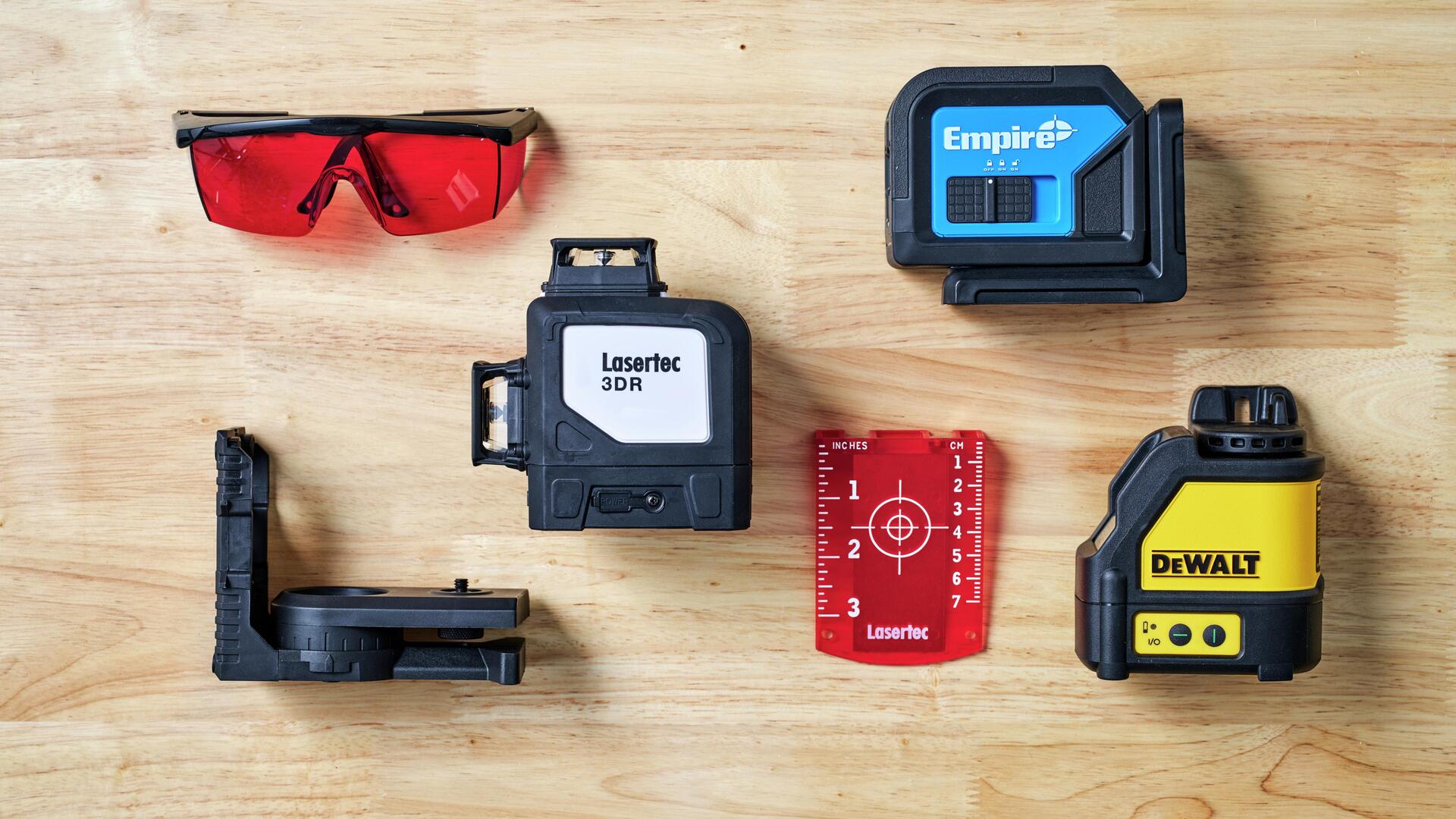

0 thoughts on “How To Read The Outdoor Rotating Laser Level On A Staff”